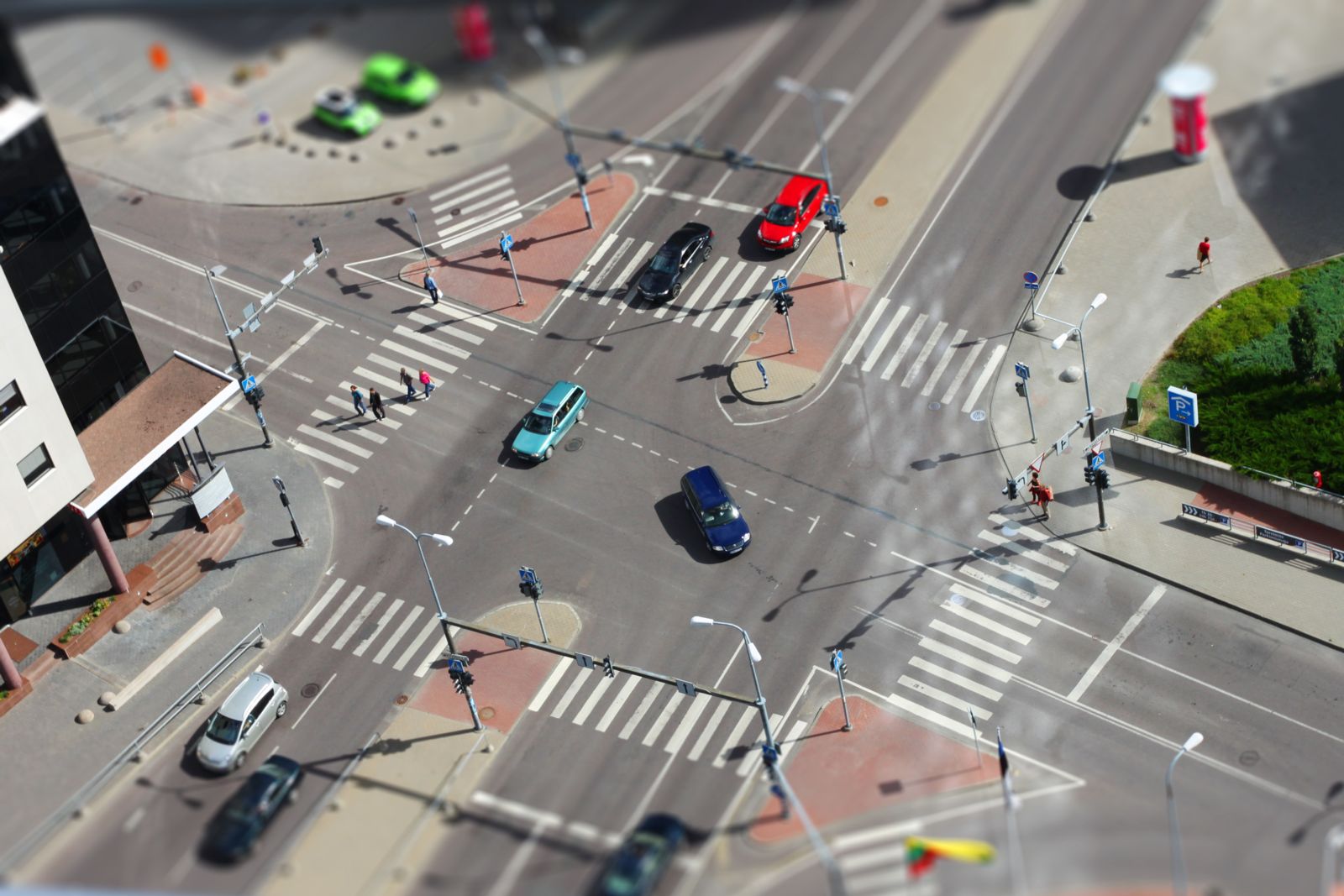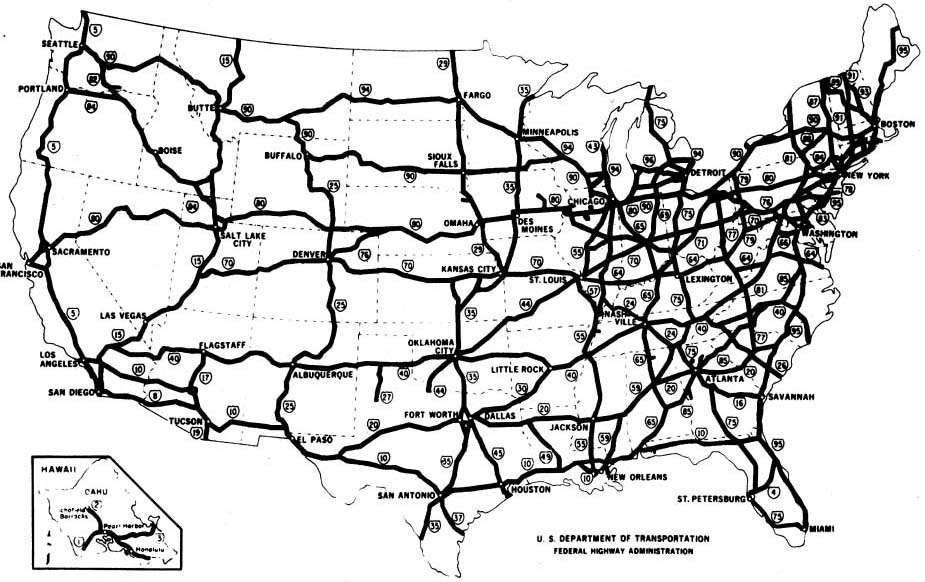
Introduction
Automobile culture is a fundamental part of American culture as a whole. As discussed in previous blogs, while the majority of the world relies on public transit, Americans almost exclusively rely on personal automobiles. Ever since Henry Ford released his Model T in 1908, the American market fell in love with private transportation and never looked back, as this graph from NPR shows:
One of the biggest reasons for the automobile’s dominance in America is because of the infrastructure built around the industry. In this blog, I will discuss one of the greatest feats in modern American history; the Interstate Highway System.
Conception
While many people point to President Dwight Eisenhower’s signing of the Federal Aid Highway Act of 1956 as the birth of the interstate system, the idea for such a network was actually conceived about twelve years prior, with the passing of the Federal Aid Highway Act of 1944, according to the United States Department of Transportation. However, President Eisenhower’s bill was the first piece of national legislation that appropriated the necessary funds to start the project, as well as create a coordinated, national effort to start building highways. For this reason, Eisenhower is often called the “Father of the Interstate System”. 
Development
The 1956 bill authorized the following:
- The construction of a 41,000 mile network of roads (later increased to accommodate the roughly 46,000 mile network now)
- $26 billion in funding (90% of which would come from the national government)
- An increase in the gasoline tax to pay for funds
The main goals of the interstate system were to connect major cities, make travelling across the country easier/safer, and allow a way for citizens to evacuate in case of a nuclear attack. Some defining characteristics of the new highways were the fact that they had at least four lanes, and had no at-grade crossings (using overpasses and underpasses instead of intersections to change routes). 
The image on the top shows a regular intersection, while the image on the bottom shows a system of overpasses and underpasses. The reason why intersections were removed was to allow high speed, uninterrupted travel.
The Interstate System Today
The interstate system is one of the most used public utilities today. According to statistics, an average of 13,000 vehicles pass through any given interstate everyday; some corridors (such as i-95), see 72,000 cars a day on average, with max numbers reaching 300,000. While there are undoubtedly flaws with the system, it remains one of the most important things in American daily life to this day.



